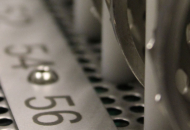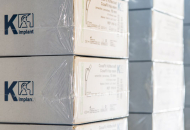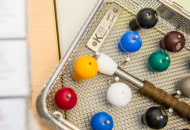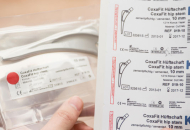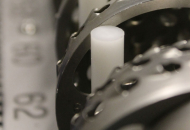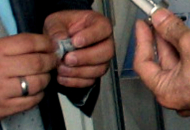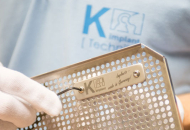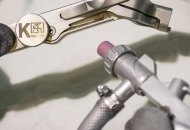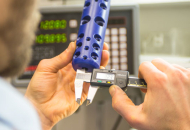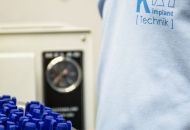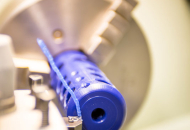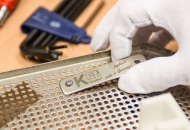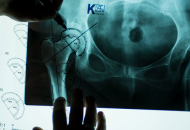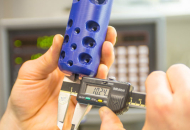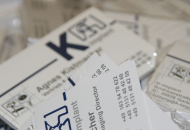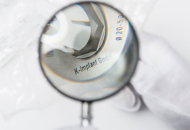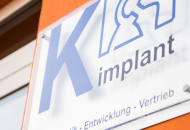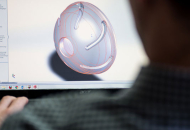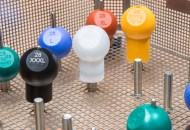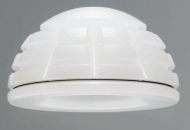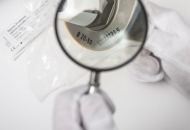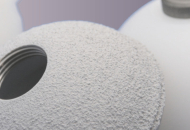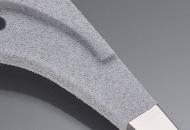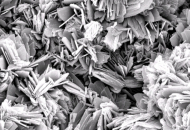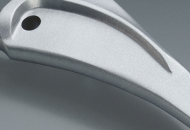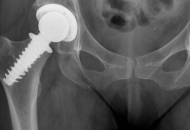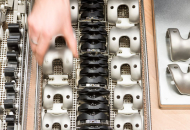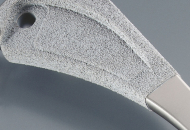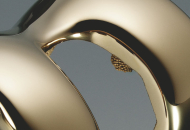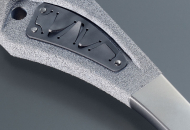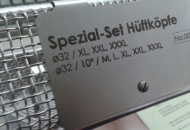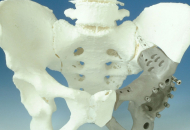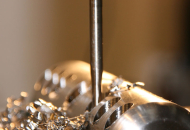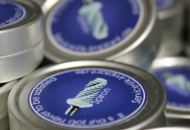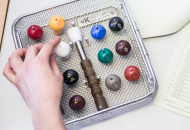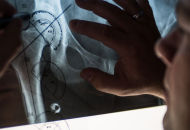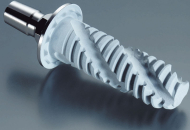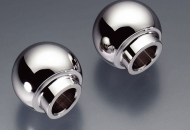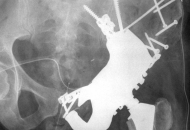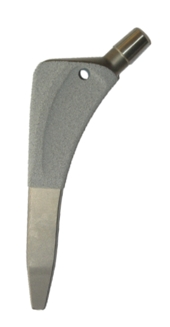 CoxaFit® hip stem cementless
CoxaFit® hip stem cementless
Material: TiAl6V4
Coating: cpti / Bonit®
Taper: 12/14
Implantation: cementless
Sizes: 10 – 21 mm
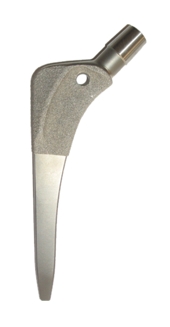 CoxaFit® hip stem cementless Dysplasia
CoxaFit® hip stem cementless Dysplasia
Material: TiAl6V4
Coating: cpti / Bonit®
Taper: 12/14
Implantation: cementless
Sizes: 9 – 11 mm
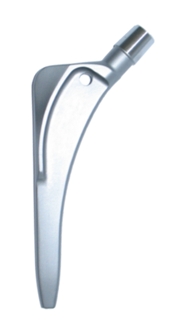 CoxaFit® hip stem cemented
CoxaFit® hip stem cemented
Material: CoCrMo
Coating: none
Taper: 12/14
Implantation: cemented
Sizes: 10 – 18 mm
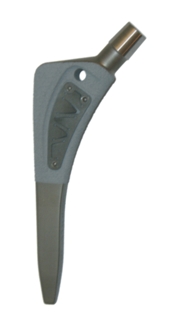 CoxaFit® hip stem FGL cementless
CoxaFit® hip stem FGL cementless
Material: TiAl6V4
Coating: cpti / Bonit® / FGL
Taper: 12/14
Implantation: cementless
Sizes: 10 – 15 mm
Philosophy of the CoxaFit® hip system
The CoxaFit® hip system is a straigh stem system, which consistenly follows the idea to heal the proximal prosthesis in order to avoid undesirable changes such as atrophy of the Adam bow and distal flag post effect.
According to the biomechanics of the coxal femur takes the load in the proximal part of the prosthesis. The distal portion of this prosthesis is smooth, with the aim that this does bone healing occours. The stalk is kept relatively short, in order to facilitate a minimally invasive implantation. The surface in the proximal part of the prosthesis has been enlarged and has a pore size of 40 microns, whereby the bone healing is promoted. In addition, this region is provided with a biologically active soluble calcium phosphate layer (Bonit®) in order to accelerate the bone healing process. The necessary high primary stability is achived by the design of the prosthesis and the exact calibration of the geometry of femoral rasp and prosthesis. There is a high degree of jamming in the femoral shaft. The risk of an unwanted leg extension and leg blasting is greatly minimized. The prosthesis neck has a CCD angle of 135°. The offset between the head center and the lateral shoulder prostheses increases depending on size.
The Prosthesisdesign is now represented more than 20 years on the market.
The introduction own under the direction of the developmentengineers
(current company owner) in 1999. The proven design has remained unchanged until the present day, it has only been performed in the length and modification tools.
Ask for further information!

